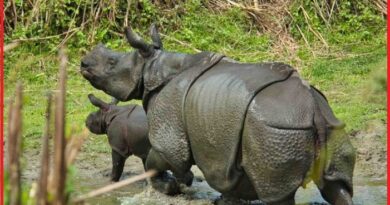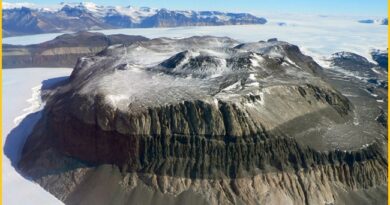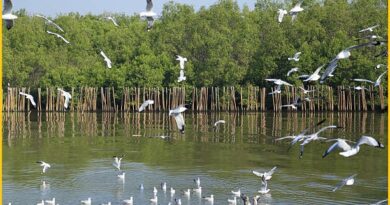Nature’s Marvel: The Valley of Geysers, Russia
Valley of Geysers
Valley of Geysers is located on the Kamchatka Peninsula in Russia and boasts the world’s second-largest concentration of geysers. Spanning six kilometers, this basin hosts around ninety geysers and numerous hot springs. It sits predominantly on the left bank of the Geysernaya River, which deepens steadily as geothermal waters from the young stratovolcano, Kikhpinych, flow into it. Temperatures as high as 250 °C have been recorded 500 meters below the caldera ground. The valley forms part of the Kronotsky Nature Reserve and is included within the World Heritage Site “Volcanoes of Kamchatka”. Access to the valley is challenging, with helicopters being the primary means of transportation available.
The Valley of Geysers is situated within the Kronotsky Nature Reserve, a component of the Volcanoes of Kamchatka series recognized as a UNESCO World Heritage Site. Designated as one of the Seven Natural Wonders of Russia on June 11, 2014, the Valley of Geysers invites visitors and prospective travelers to explore and delve into the unique attributes that distinguish it as one of Russia’s Seven Natural Wonders. Visually stunning, the geyser field, valley, lakes, and surrounding hills and mountains form one of the most picturesque landscapes.
History
The “pulsating” geysers of Kamchatka were first documented by local scientist Tatyana Ustinova in 1941 [2]. Her findings were published fourteen years later, but the area saw limited exploration until 1972. A comprehensive survey was conducted in the mid-1970s, and in 1990, an automated monitoring system was introduced. More than thirty geysers were officially named during this period, including the Giant Geyser (Velikan), which can eject water jets reaching heights of up to 40 meters (131 ft). Starting in the 1980s, the region was promoted as a major tourist attraction within the Soviet Union and the Russian Far East. Foreign tourists gained access to the valley in 1991, with approximately 3,000 visitors annually.
Valley of Geysers Canyon
What is Geyser
Experiencing the Valley of Geysers
Visitors to the Valley of Geysers can admire its vast expanse and majestic scenery from a bird’s-eye view. The best way to fully experience this natural wonder is by embarking on guided nature trails that wind through the area. Hikers will encounter boiling springs, mud pots, mud volcanoes, hot lakes, steam vents, warm streams, and, of course, geysers.
Witnessing the eruption of the Giant Geyser is a breathtaking spectacle, as it propels water upwards of 30 m into the air, accompanied by steam rising as high as 300 m. Typically, these eruptions last approximately 2 minutes. Camping in the vicinity provides an opportunity to explore more of the landscape and marvel at this captivating natural phenomenon.




